Research
What Is DePIN Crypto? Top DePIN Projects To Watch In 2025
ChainPlay
•
2 months ago
Share :
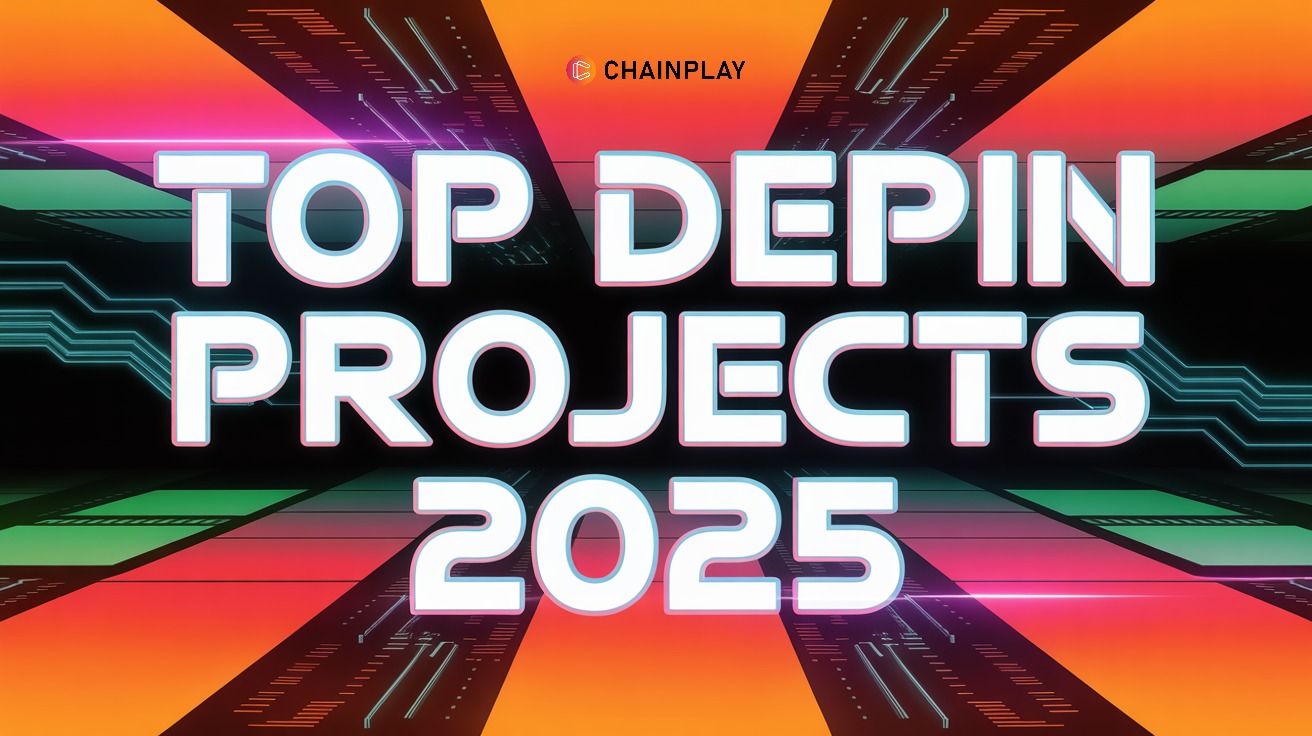
Behind the ongoing transformation of the crypto space beyond financial services are DePIN projects. DePINs are blockchain-based networks of real-world assets and user incentives to construct scalable infrastructure controlled by people, not corporations or governments.
Whether it is decentralized wireless networks, storage, energy grids, or sensor systems, DePIN is changing the world with a decentralized and community-based approach to infrastructure construction. We are going to discuss the concept of DePIN, its functionality, its importance, and the 20 best DePIN projects to watch in 2025 in this article.
What Is DePIN Crypto?
The term "DePIN" gained popularity in 2024, but the idea has been developing for years now. DePIN, which is short for Decentralized Physical Infrastructure Network, describes blockchain-powered systems created to coordinate real-world, physical infrastructure through decentralized networks of users and nodes.
DePIN crypto projects rely on smart contracts and token incentives to encourage people to build and maintain physical infrastructure like computing resources (CPU/GPU), wireless networks, data storage facilities, IoT networks, and more.
Key Components Of DePIN
To get a better idea of how they operate, we will split them into their main components:
Physical Infrastructure
They make up the physical parts of the DePIN projects. They include wireless routers, storage devices, computers, cameras, GPUs, energy-generating devices, and others. The physical infrastructure in a DePIN blockchain is owned by several individuals rather than a single entity.
Blockchain Network
The blockchain acts as the backbone of the DePIN network. It monitors who, how much of resources are being provided, and the person using them. Because the DePIN blockchain is a transparent and unchangeable record book, it ensures fairness and trust without a central authority.
Crypto Tokens
By providing to the network (providing internet, storing data, or collecting mapping data), you will be rewarded with the native token of the DePIN project. You can use these tokens to pay for services on the network, or you can trade them on crypto exchanges. This reward system attracts people to join and grow the DePIN network.
Smart Contracts
They are programs that can run automatically and are recorded on the DePIN blockchain. Without intermediaries, they automatically enforce the rules and agreements of the DePIN. As an example, it makes sure that the contributors are compensated properly according to their input.
Contributor
This is basically you, a member of the DePIN network.
For example, instead of a big network provider, you (a contributor) can provide a Wi-Fi hotspot for your neighborhood. The blockchain of the DePIN network keeps track of who is providing Wi-Fi access and how much of your network is being used. In turn, you receive tokens for your Wi-Fi network being used. Smart contracts automate the entire process, so you don't have to do much.
Advantages of DePIN
DePIN cryptos blend together the physical world and blockchain technology. Let's look at the advantages this unique model possesses.
- Decentralization: Since the physical devices are owned and run by a decentralized network of users and not by corporations and governments, DePIN projects enable decentralization.
- High Scalability: Every person possessing compatible hardware can become a part of and contribute to the network. This helps to create a global engagement and eliminate conventional entry barriers, introducing the possibility of very high scalability.
- Income: DePIN projects provide new sources of income to the contributors and may help to eliminate the dependence of individuals on costly centralized providers.
- Capital Efficiency for Projects: DePIN system minimizes the upfront capital requirement of a project by crowdsourcing infrastructure deployment. Therefore, it allows expanding the network faster and at a lower cost, particularly in underserved regions or remote localities.
- Transparency: Everything on the network is stored on-chain, including contributions, rewards and usage. This elevates user confidence since blockchains cannot be tampered with.
- Improved Efficiency: DePINs are able to optimize resources through utilizing underutilized infrastructure. This reduces wastage and creates an environmentally friendly and cost-effective system.
20 Best DePIN Crypto Projects
DePIN is one of the fastest growing trends at the moment, and experts have predicted that 2025 will be a pivotal year for its growth and adoption. By 2030, the DePIN market is expected to cross $3.5 trillion.
With this prospective expansion in mind, let us take a look at 20 of the most promising DePIN projects to keep an eye on in several categories.
| DePIN Token | Category | Blockchain | Airdrop Status |
Helium Network (HNT) | Wireless | Solana | Ended |
Grass Network (GRASS) | Compute, Storage | Solana | Ended |
Akash Network (AKT) | Compute | Cosmos | Ended |
Theta Network (THETA) | CDN, Network, Transcoding | Theta (native) | Ended |
Karrier One (KONE) | Wireless | Sui | Ended |
WeatherXM (WXM) | Environment | Arbitrum | Ended |
Gradient (GDT) | Compute, Transcoding | Solana | Ongoing |
Filecoin (FIL) | Storage, Blockchain | Filecoin | Ended |
ARO Network (ARO) | CDN, Network | ARO (native, 2026) | TBA |
BitTensor (TAO) | Compute, AI | Subtensor (native) | Ended |
Render Network (RNDR) | Compute, AI | Solana | Ended |
Dimo (DIMO) | Mobility | Polygon | Ended |
Captur Network (CAPT) | Sensor, AI | TRON | TBA |
Mawari | Compute, AI | Solana | TBA |
ANyONe (ANYONE) | Privacy | Ethereum | Ended |
Hivemapper (HONEY) | Mapping | Solana | Ended |
Pulse (PULSE) | Sensor | Solana | TBA |
Arweave (AR) | Storage | Blockweave (native) | Ended |
Plural Energy (PLURAL) | Energy, RWA | Ethereum | TBA |
World Mobile (WMTX) | Wireless | World Mobile Chain (native L3) | Ended |
Helium Network (HNT)
Helium Network (HNT) is widely recognized as one of the first DePIN projects. Although Helium officially launched in 2019, the concept of Helium was established as early as 2013 by Amir Haleem, Shawn Fanning, and Sean Carey.
The DePIN project is centred on the idea of monetizing decentralized physical infrastructure based on the use of blockchain technology related to the Internet of Things (IoT). In simple terms, Helium pays its users to have physical hotspots that can give others connectivity to their IoT devices.
Helium is one of the most established projects, with almost a million daily users. It also has more than 1 million hotspots deployed across 100+ countries. Helium is also in partnership with DISH Network, T-Mobile, and Nodle to extend mobile connectivity.
The proven real-world use of Helium and its early mover advantage is the reason why it's one of the best DePIN projects. The HNT token is currently valued at $3.1 per CoinMarketCap. As the DePIN market expands, the HNT token could also skyrocket in price.
Grass Network (GRASS)
Grass Network is a decentralized network, allowing its users to get rewards by sharing idle internet bandwidth on their devices. The user can install a browser extension or download a background application, and their bandwidth is added to a global pool that is, in turn, sold to enterprise clients: businesses that engage in web scraping, market intelligence, or data research.
Grass is a Web3-first alternative to the services of companies such as Bright Data and Oxylabs because of the decentralized access to residential IP addresses and internet traffic. Grass doesn't require any extra hardware, making it easy for people to join the network.
Because it offers a low-cost, user-friendly way to monetize bandwidth, Grass recorded early adoption after its late 2024 launch. Tapping into this $10+ billion web data market also gives it a great room to grow. Since the Grass Airdrop, the project has amassed over 2.8 million users, making it one of the fastest-growing networks.
Akash Network (AKT)
Akash Network is a marketplace of decentralized cloud computing where users can rent out their unused computing resources - CPU, GPU and storage. The computing power from the pool is rented to developers and businesses needing on-demand infrastructure.
The rising demand for compute power due to Artificial Intelligence (AI), machine learning, and crypto node hosting, Akash Network is one of the top DePIN projects to watch. Akash provides a less expensive, decentralized option, particularly in GPU-intensive tasks, such as training and inference.
Akash can offer compute prices up to 20% to 85% lower than any of the established players, such as Amazon Web Services or Google Cloud, a key attraction to artificial intelligence engineers, Web3 applications that require decentralized hosting, and developers who want to avoid Big Tech lock-in.
Thus, it is disrupting the $500 billion cloud industry by offering cheaper services. As demand for compute continues to skyrocket, the need for Akash becomes even more important. This demand has the potential to keep the price of the AKT token rising.
Theta Network (THETA)
Theta Network gained popularity when it launched in 2019 with one of the earliest decentralized video streaming and Content Delivery Network (CDN). With Theta Network, users share their bandwidth, computing power and storage to enhance video streaming and to lower the cost of content delivery.
The Theta network is based on its own native blockchain and participants are incentivized with THETA (governance token) and TFUEL (utility token) to contribute to the network. Theta decentralizes video delivery, typically handled by centralized platforms such as YouTube, Netflix and AWS, by making it peer-to-peer.
Having tens of thousands of operational Edge Nodes, Theta is one of the largest decentralized networks in terms of real-world hardware deployment. Theta has also expanded its Edge network to include inference for AI models, making it a truly decentralized compute edge layer.
Theta Network is one of the trailblazers and exemplifies the potential of DePIN to transform real-world industries. Its continuous growth and expansion make it one of the top DePIN projects to watch in 2025.
Karrier One (KONE)
Karrier One is a decentralized telecommunication network that seeks to change the established mobile carrier business. (The DePIN project enables people and communities across the planet to build and run their cellular networks.)
Karrier One enables users to create wireless infrastructure (small cell towers, eSIM services, or edge devices) that offer cellular coverage, especially in regions that are not well covered by legacy telcos. These node operators are linked to the Karrier One blockchain, which organizes the authentication of users, payments, and data logins.
The Karrier One network can be used by users through eSIMs, allowing them to switch between local, decentralized coverage and global roaming. Simply, Karrier One is developing a carrier on-chain, an open and permissionless replacement to giant telecommunication companies such as AT&T, Verizon, or MTN.
Its purpose is to decentralize mobile connectivity, make it much cheaper, and allow the user to own the networks they use. Operating in this $2 trillion industry that is notoriously centralized, expensive, and slow to innovate gives Karrier One massive room for growth. This is why the KONE token is one of the most in-demand DePIN cryptos right now.
WeatherXM (WXM)
WeatherXM is a decentralized weather network, created by communities and powered by communities, where individuals and businesses can install weather stations, provide hyperlocal meteorological data, and receive $WXM tokens as a reward.
Different members of the community install different kinds of WeatherXM devices, Wi-Fi, Helium-LoRaWAN, 4G/Pulse, and this is done over a variety of environments, creating a truly distributed sensor network. Its global network is comprised of more than 9,500 stations supported by an investment of over $12.7 million.
WeatherXM is pioneering a new era in weather infrastructure with its decentralization process of sensor networks and the tokenization of the sensor network output. Its real-life application scenarios, track record of successful large-scale deployment, good tokenomics, and vision to become the oracle of choice in Web3 make it one of the most promising DePIN projects.
Gradient Network (GDT)
Gradient Network is a new DePIN project pushing innovation in AI inference, content delivery, and serverless functions, setting a new standard for decentralized compute infrastructure. It is a blockchain platform that seeks to transform the distribution and access to computing resources.
The project is the first to decentralize edge computing with an enhanced architecture based on three major layers: The Pervasive Connectivity Layer to enable worldwide communications, the Homogenized Computation Layer to standardize the various compute resources, and the Adaptive Orchestration Layer to coordinate compute needs with precision.
Backed by leading investors like Multicoin Capital, Pantera Capital, and Chinese venture capital HongShan, the Gradient airdrop became one of the most anticipated launches in the DePIN market.
Gradient is also part of a broader movement called DeAI (Decentralized Artificial Intelligence), where AI infrastructure is owned and run by users and not big tech monopolies. Being at the intersection of these two great markets, Gradient is well-positioned for potential success in 2025 and beyond.
Filecoin (FIL)
Filecoin (FIL) is one of the most prominent DePIN projects dealing with decentralized data storage. Juan Benet introduced it in 2014, and Protocol Labs officially launched it in October 2020. Filecoin allows people to rent their idle storage and receive FIL tokens as payment.
It is constructed on the InterPlanetary File System (IPFS), a distributed peer-to-peer protocol used to store, access, and share data in a safe manner. Filecoin powers a worldwide network of 3,600+ storage providers and has exceeded 14 EiB of total capacity.
Being more than 4000x cheaper than AWS S3, the service is one of the most affordable data storage solutions. Its collaborations with Cardano, Up Network, Nuklai, Theoriq, and Mira/Storacha are focused on increasing its presence in AI, Web3, and data security.
The native token of Filecoin FIL is trading at a price of $2.68. With the expansion of the DePIN industry, FIL will probably play a critical role in the future of digital storage.
ARO Network (ARO)
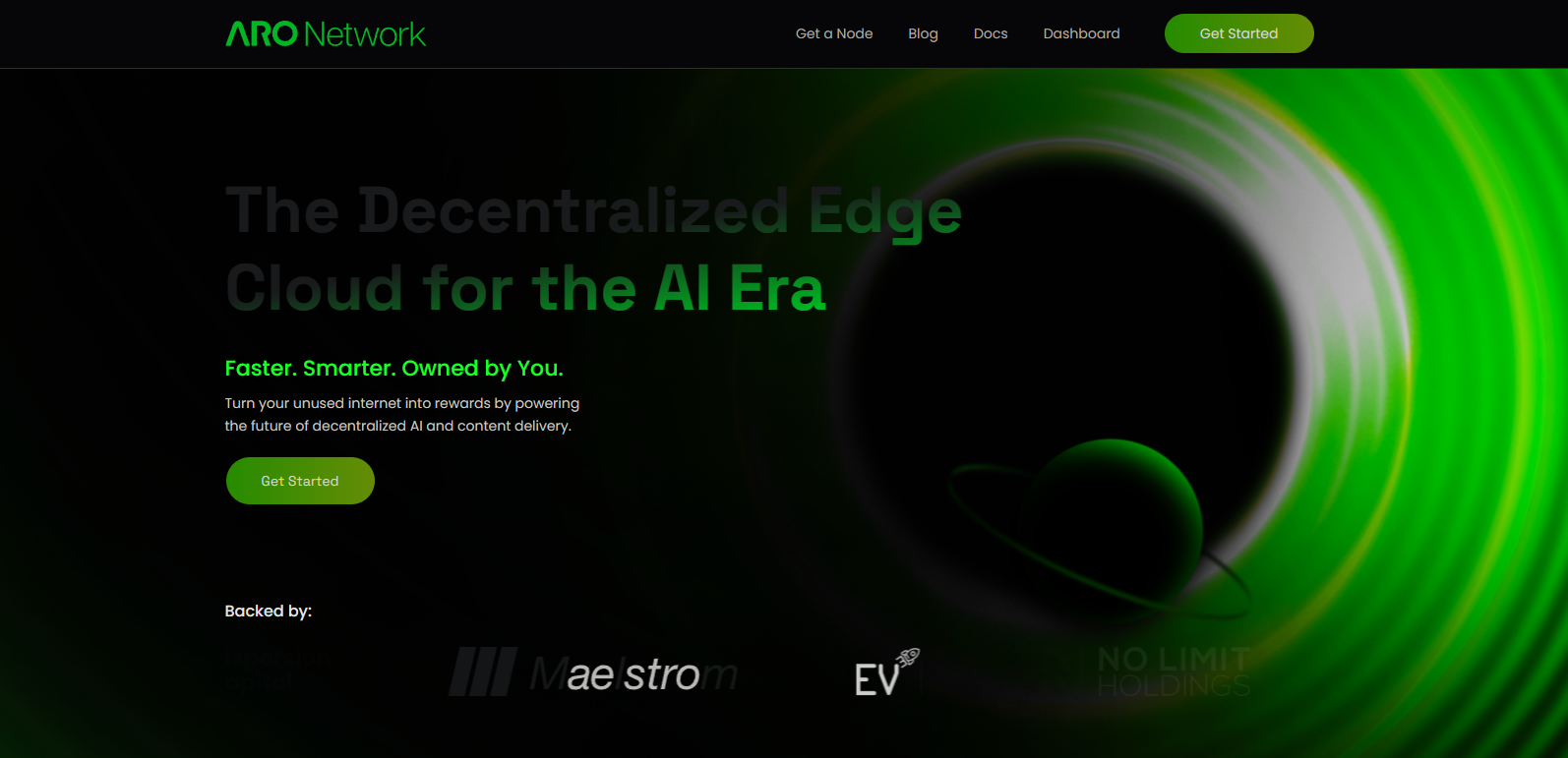
ARO Network is the next generation of decentralized data infrastructure. The DePIN crypto is creating a decentralized, permissionless, edge cloud infrastructure for AI and real-time content delivery.
The ARO Network aggregates unused internet bandwidth and idle hardware, which it uses to create a globally distributed network. Users can receive $ARO tokens after committing their bandwidth via software, hardware, or idle devices to the network.
The ARO Network serves both traditional CDN use cases and future AI workloads at the edge, giving it more reach than other competing DePIN projects. The pre-seed funding of ARO saw participation from Dispersion Capital, NoLimit Holdings, Maelstrom, and EV3.
BitTensor (TAO)
Bittensor (TAO) is a top-performing DePIN project that uses a decentralized, open-source, and permissionless machine learning network to transform machine intelligence into a tradable commodity.
Jacob Robert Steeves, a former Google AI engineer, founded Bittensor in 2021 with a vision to remove the development of AI from a select few big tech companies so anyone can benefit and contribute to it. The DePIN project, also referred to as "Bitcoin for AI," allows users to create, train, share, and monetize AI models within a secure, blockchain-based ecosystem.
It uses a unique consensus mechanism called Proof of Intelligence (PoI) to reward participants based on the value they contribute to the network. Although its widespread use is still in its early stages, it has attracted a community of over 1000 validators and miners. It ranks #29 globally with a $455.37 price and $3.97 billion market cap.
One notable partnership Bittensor has is with Sundae Bar; it also integrates with the Ethereum network for decentralized machine learning. Bittensor is currently priced at $439.70 USD per CoinMarketCap. The goal ultimately is to make AI more accessible and cost-effective.
Render Network (RNDR)
Render Network is the world's first decentralized GPU that connects artists needing rendering power with GPU owners willing to share their GPU power. Render Network was first introduced in August 2017 by Jules Ubach, CEO of OTOY, Inc.
It was originally built on Ethereum to support decentralized 3D rendering and mixed reality experiences. In January 2023, the Render Network Foundation took over strategic management, while OTOY and partners continued technical support.
The DePIN project lets advanced GPU owners monetize their idle GPUs by temporarily lending their GPU power to those who require it and earn RNDR in return. Render also contributes to the AI space by meeting the rising demand for GPUs required to train AI models. Render is a thriving network, processing around 20,000 frames per day and ranked as the 48th biggest crypto, per CoinMarketCap.
Render network is in a number of partnerships, including Blender Foundation, Stability AI, and Endeavor, and it also integrates Nvidia Omniverse. Render network provides users with near-limitless rendering power at a fraction of the cost, with workflow acceleration tools like the C4D Wizard.
Dimo (DIMO)
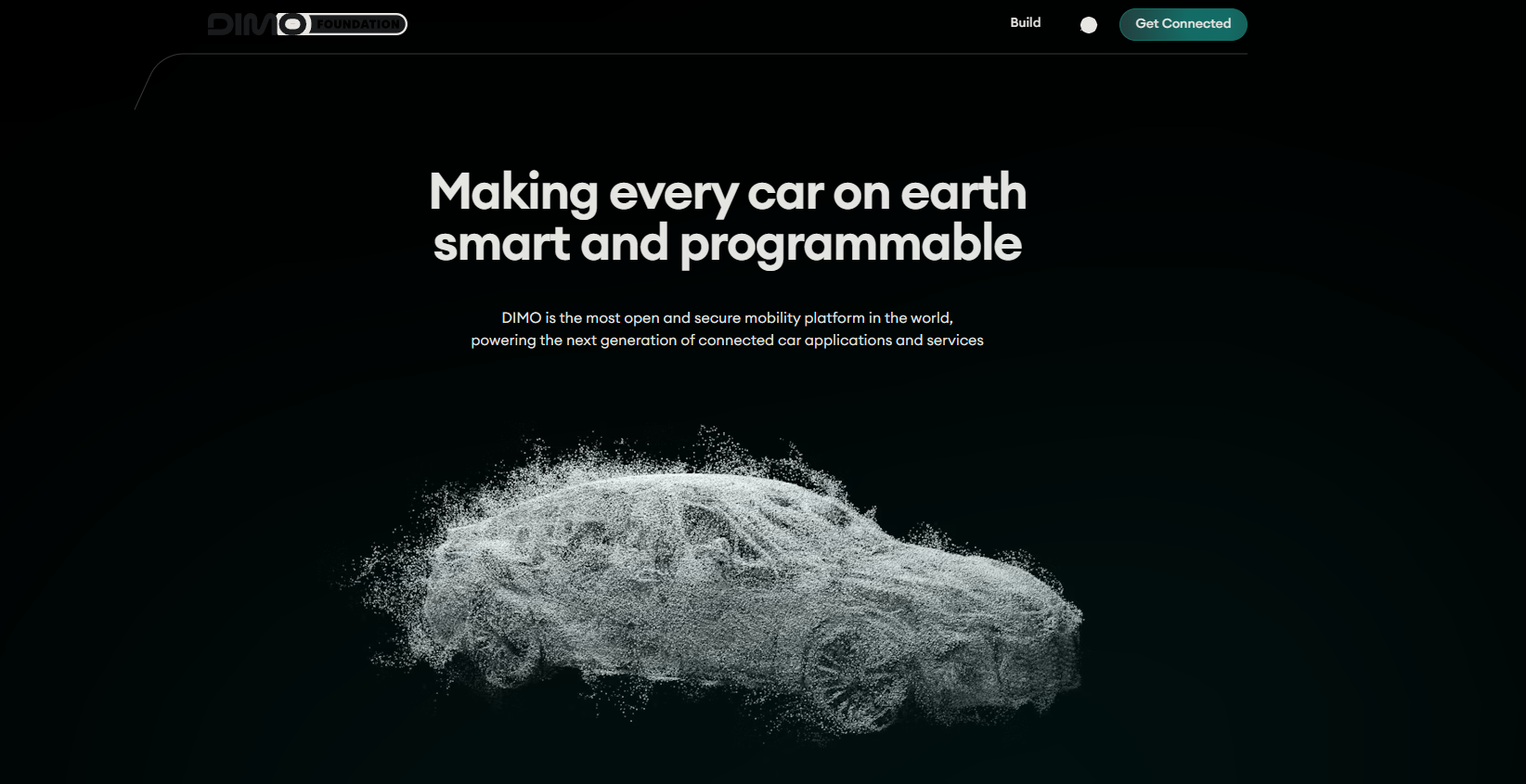
Dimo is a DePIN crypto that focuses on democratizing vehicle data. Users who have cars manufactured after 2008 are able to connect their cars to the network and gather data and monetize it, which in turn allows them to develop smarter mobility solutions and applications based on this data.
Automakers generally collect massive amounts of driver and vehicle data, but users never see a dime. DIMO is flipping the script. Users on the network can mint their car as an NFT, control the car's data, and choose if and when they'd like to monetize said data.
Since its launch, DIMO has connected over 27,000 cars to its network, partnered with Smartcar, AutoPi, and others. It has also launched the DIMO Mobile App for vehicle data tracking.
DIMO is leading the way to a user-centric future of connected cars in a $450+ billion industry. It is offering new opportunities for app developers and data consumers to make use of rich, verifiable data and build new app subcategories.
Captur Network (CAPT)
Captur Network is the first decentralized, AI-enhanced camera network that will enable anyone and any organization to install smart cameras, called Captur Nova, in stationary, high-density locations. The data captured by these cameras includes hyperlocal events like foot or vehicle traffic, environmental settings, or urban dynamics.
All the cameras are AI-based and compute on-site, after which anonymized, metadata is uploaded. Captur encourages operators to place hardware, records and rewards data captures using blockchain, and sells this data through an on-chain marketplace, where businesses or cities can bid on real-time insight.
Captur is one of the more unique projects, going beyond mapping to deliver high-frequency real-world data. This bridges a significant gap in urban analytics, retail intelligence, smart city planning and traffic optimization.
The project has seen early successes as it sets out to transform a multi-billion-dollar location intelligence market. The unique use of Captur sets it up for success as it prepares to launch in the third quarter of 2025.
Mawari
Mawari is a Solana-based DePIN project aiming at scaling spatial computing technologies. The platform will focus on developing a decentralized platform of spatial computing applications, a combination of the real world and digital information.
The technology allows users to communicate with the world around them using augmented reality (AR), virtual reality (VR), and extended reality (XR). Established to solve the computation problem experienced by spatial computing applications, Mawari has received a lot of attention in the blockchain industry.
Mawari minimizes bandwidth consumption by approximately 80 percent, which is one of the major shortcomings of the centralized streaming systems.
The fact that the project recently raised $17.3 million in strategic investments with high-profile investors indicates that its technology arouses great interest and has a market impact potential. With investors such as Samsung Next, Mawari is referred to as a sleeping lion in spatial computing.
ANyONe (ANYONE)
ANyONe is a decentralized network aimed at increasing online privacy and security by using innovative technology. The network anonymizes user traffic using a worldwide network of relays and a solid onion routing framework.
ANyONe covers IP addresses and encrypts data at various levels, which makes the activity of users confidential and safe against monitoring. It is a decentralized VPN alternative, which focuses on user-managed infrastructure rather than centralized corporate or state-managed networks.
The users can also contribute by operating the relays that would ensure the stability of the network and earn them rewards in the form of ANYONE tokens, which would foster privacy and incentivize participation.
The growing demand for privacy in the increasingly digitalized world gives ANyONe massive room for growth. Fortune Business Insights forecasts that the global data privacy market can reach a projected value of $45.13 billion by 2032.
Hivemapper (HONEY)
Hivemapper (HONEY) is a DePIN project that maps the physical world through crowdsourced data. It is a Drive-to-Earn model that rewards its contributors for collecting high-volume 4K street-level imagery with dashcams.
The Hivemapper Network was created by Ariel Seidman (Co-Founder & CEO) and Evan Moss (Co-Founder & CTO) in November 2022. Hivemapper is a decentralized mapping network that leverages AI and crowdsourced data to build a global map. It operates on the Solana blockchain, and users who operate dashcams mine and earn rewards in HONEY.
Hivemapper is forming partnerships with companies like NBC Universal and Fortex Designs, with the aim of achieving lower-cost maps and more up-to-date maps by leveraging on people who already drive extensively for their day-to-day job.
Pulse (PULSE)
In 2022, the projected number of connected wearable devices globally increased to 1.1 billion. Many of these devices are now used to capture health data. This is the market that the Pulse DePIN project is targeting. Pulse is a health network that allows people to control their health data.
Pulse has a wearable of its own, which measures clinical-grade data (e.g., HRV, sleep stages), and AI-powered insights give longevity and health advice. The network will combine wearable, medical and diagnostic data and allow the individual to share his or her health data with a trusted third party, such as a researcher or pharmaceutical company, and only with his or her consent.
These users, in return, get real-world rewards for contributing their data. It addresses the privacy, personalization, and prevention problems in healthcare by maintaining safe, integrated health profiles. The growing use of wearables in the healthcare industry is why PULSE is a DePIN token to watch ahead of its 2025 and beyond.
Arweave (AR)
Arweave is a data storage network similar to blockchain, but created to permanently store files and software. Sam Williams launched it in 2018. Not a traditional blockchain, but it is built on a new structure called the "blockweave".
Customers are charged a single payment in advance to store data forever. The data are stored on a decentralized system of miners who have a financial incentive to keep them. Its native coin is AR, which it uses to cover storage and reward node operators.
Arweave provides undoubtedly superior permanence in an age of censorship, misinformation, and vulnerable centralized servers. Arweave will charge $5-10 per GB as a one-time subscription.
Due to its easy accessibility, platforms such as Mirror.xyz, Bundlr, and OpenSea utilize Arweave to have content permanently accessible. As a major project in the DePIN market and the gold standard for decentralized, permanent data storage, Arweave is one of the top projects to watch as the industry grows.
Plural Energy (PLURAL)
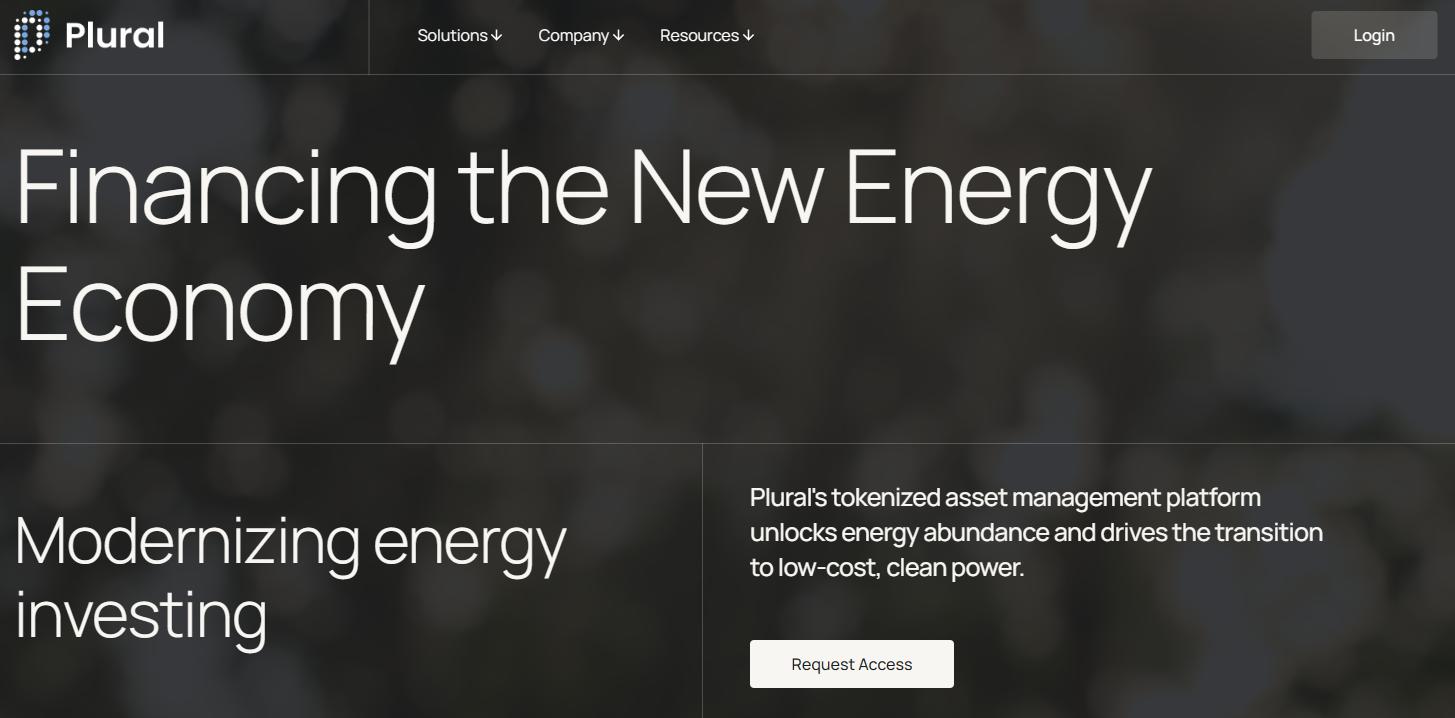
Operating in the real-world assets and clean energy industries, Plural Energy is a DePIN crypto that experts believe has a lot of potential. It allows retail investors to invest directly in renewable energy projects. The company directly partners with renewable developers to IPO their properties under SEC Reg A+ or issue green bonds.
Plural Energy will deploy blockchain-based smart contracts to enable investors to receive a constant yield and liquidity. The energy assets that can be tokenized might also be used as collateral in DeFi applications, creating new finance paradigms in grids.
Since it doesn't require users to own physical hardware and accepts as little as $10 investment, Plural Energy can become very popular among retail investors. It has a waitlist of 40,000+ investors and support from big VC funds, indicating good cross-market traction. Beyond the upcoming Plural Energy airdrop, this DePIN crypto could see major success in 2025.
World Mobile (WMTX)
World Mobile quickly gained popularity after its early 2025 launch. In just months, it has amassed over 1.6 million users because of its exciting use case. This DePIN platform aims to deliver universal, affordable, high-quality connectivity to under-connected communities across the world.
World Mobile combines existing infrastructure with alternative technology solutions to serve its users. For example, in certain locations, it uses TV white space to transmit and receive data over unused television broadcast channels. In others, it has integrated SpaceX Starlink satellite internet service for mobile users.
World Mobile is aiming to provide connectivity to more than 3 billion individuals lacking stable online access. Its rapid growth cannot be overlooked. The WMX token can keep increasing as the network reaches more individuals in 2025, which makes it one of the best DePIN cryptos to follow.
Conclusion: Which DePIN Projects Should You Get Involved With?
DePIN presents an innovative model of creating decentralized infrastructure through the alignment of on-ground contributions and crypto rewards. As DePIN transforms how we build and access essential services, the 20 projects listed above provide great investment opportunities.
While the likes of BitTensor, Helium, and Render are established leaders, the likes of Grass, Captur Network, and Gradient are early-stage opportunities with insane upside potential. While these are great DePIN projects to get involved with, you should do your own research to find the perfect project that resonates with you.
DePIN Crypto FAQs
What are DePIN projects?
The DePIN projects are blockchain systems that organize and reward people to deploy and run physical infrastructure. In turn, these individuals are rewarded with tokens on the network.
Disadvantages of DePIN
Just like any new technology, DePIN has its disadvantages. Let's check them out.
- Technological Complications: DePIN has a technical side that may be challenging to a first-time user. This complexity can scare away potential participants, and much effort should be put into education and assisting people with different technical backgrounds.
- Adoption Barriers: The mass adoption of DePIN relies on the achievement of a critical mass of participants ready to make available resources. Potential contributors can be discouraged, however, by the high upfront cost, lack of technical expertise or perceived unclear short-term profitability.
- Regulatory Uncertainties: DePIN remains in its infancy, and there are still issues within the complex regulatory environment.
What are the main challenges faced by DePIN projects?
DePIN has huge potential, yet it does not come without challenges. The main challenges these projects face are hardware deployment and management, scaling regulations, low network demand at startup, user education, and fragmentation of the industry.
What are some real-world examples of DePIN projects?
Some of the most prominent use cases of DePIN projects are Helium's LoRaWAN and 5G coverage for IoT devices, Captur Network's crowdsourced visual data, Grass's bandwidth for AI training, and Karrier One's decentralized mobile network.
How big is the DePIN Market?
There are currently over 1,500+ active DePIN projects with an estimated market capitalization of $40 billion in July 2025. By 2030, the DePIN market is expected to cross $3.5 trillion.
Is DePIN the Future?
Many experts believe DePIN is strongly positioned to be a major part of the future of real-world infrastructure. The reason is that DePIN projects unify blockchain orchestration, token incentivization, and hardware to create scalable, community-driven systems.
Share this article
#Other
Latest News
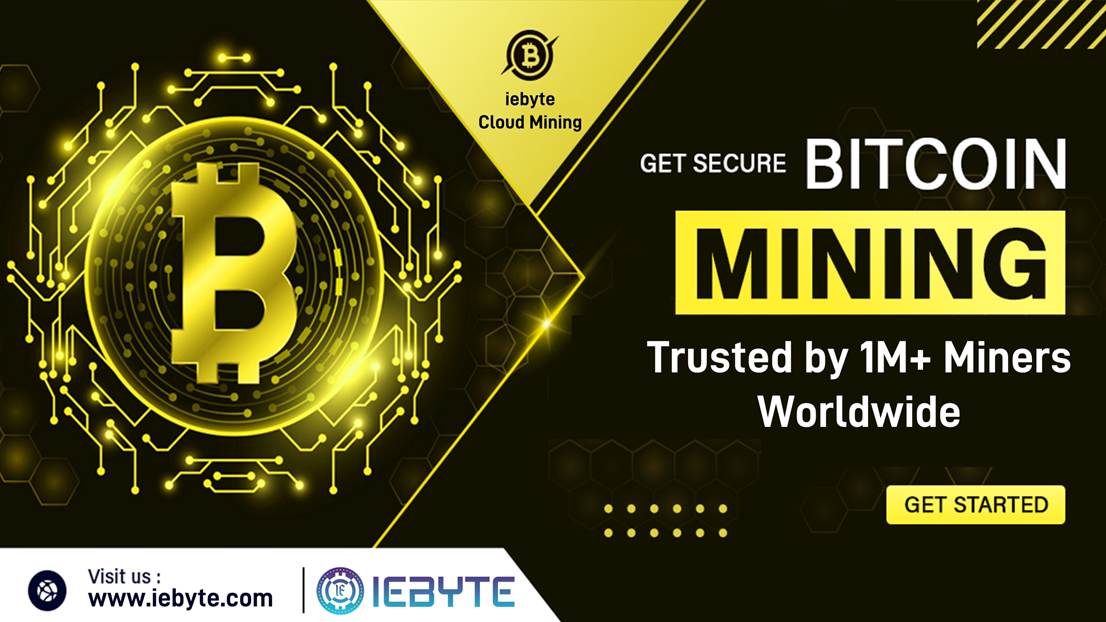
5 Most Trusted Cloud Mining Companies in 2025 – Start
9 days ago
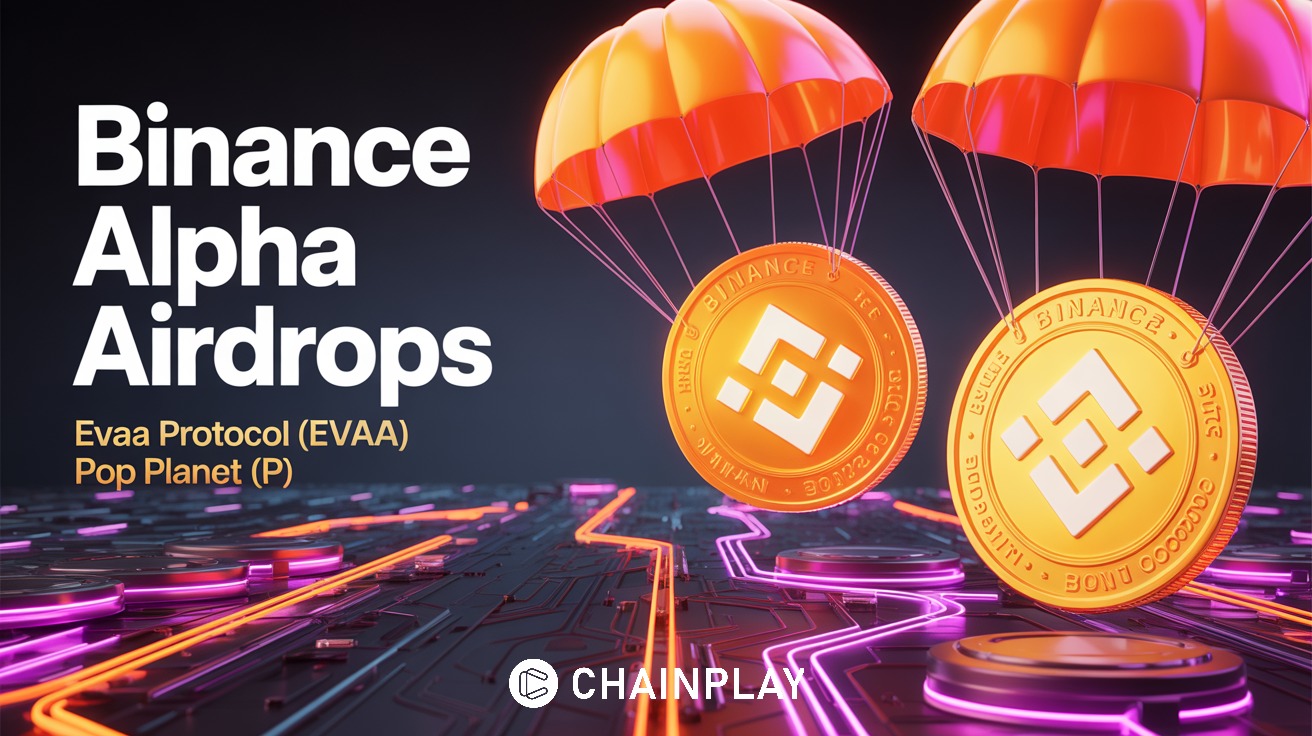
EVAA Protocol (EVAA) and PoP Planet (P) Binance Alpha
10 hours ago
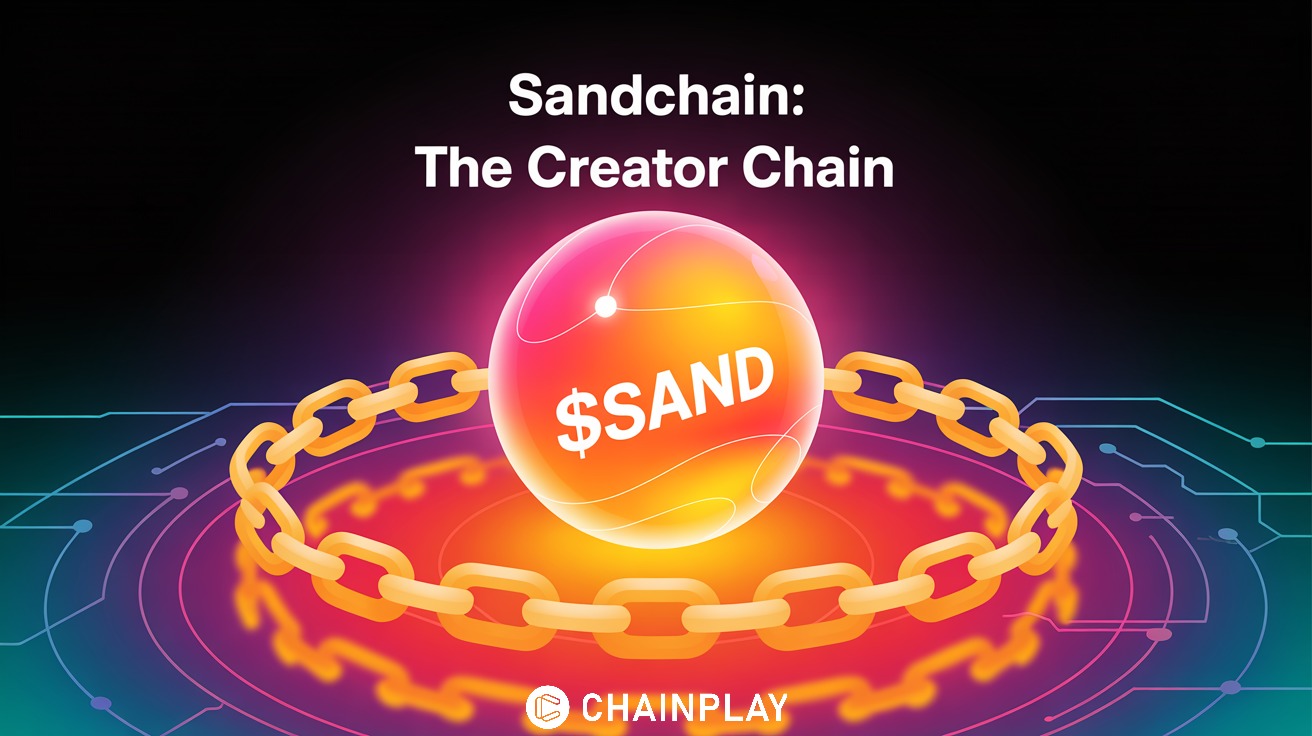
SANDchain Debuts to Power a $250B Creator Economy
yesterday
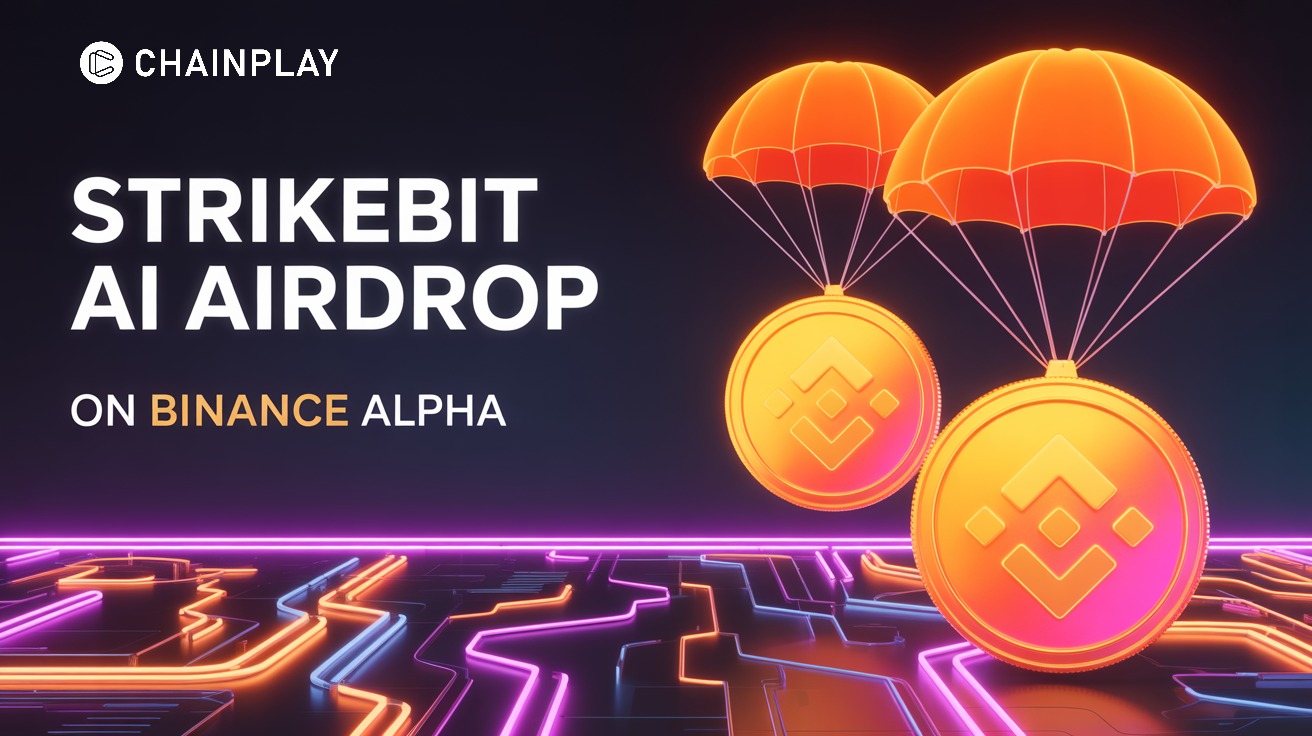
Binance Announces Alpha Launch and Exclusive Airdrop
yesterday
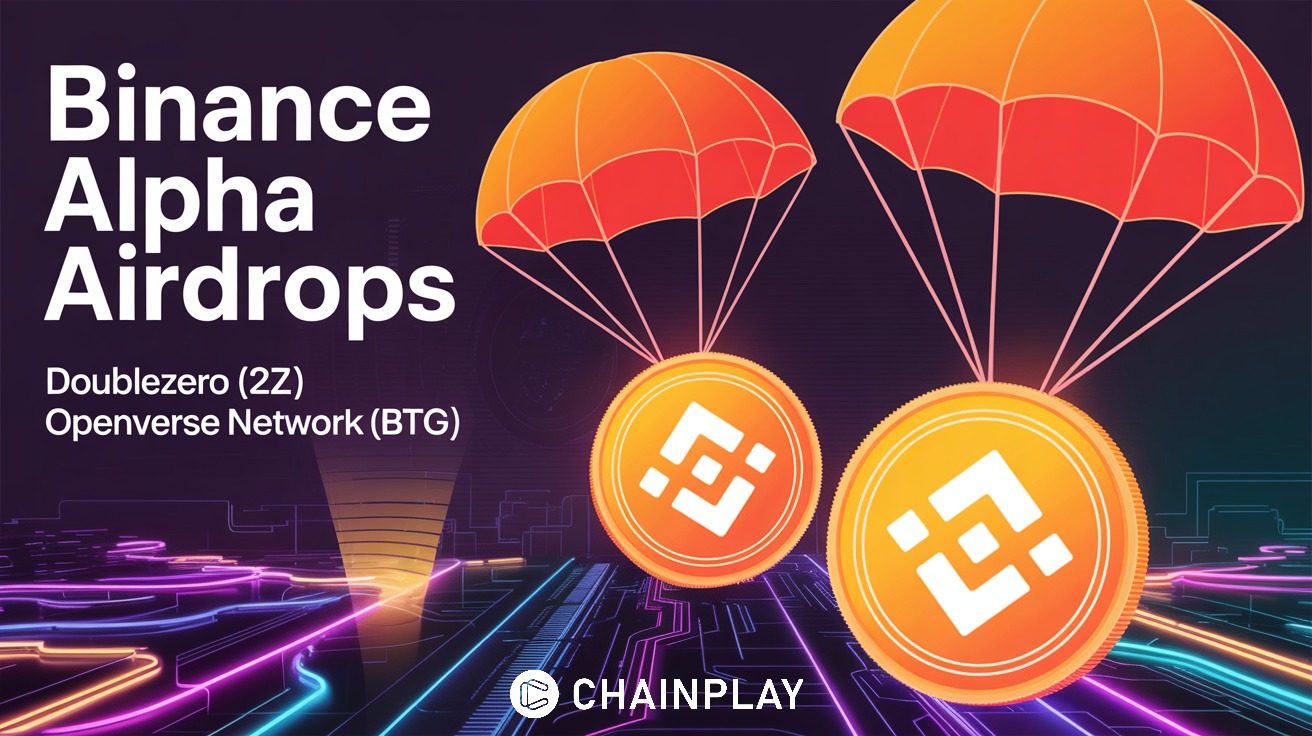
DoubleZero (2Z) and Openverse Network (BTG) Binance
yesterday
Related articles

Explore Floki Inu (FLOKI) price predictions for 2025–2030. Get expert insights, analysis & forecasts. Read now to seize crypto opportunities!
ChainPlay
•
17 days ago

Vietnam launches Resolution 05, opening a 5-year regulatory sandbox for crypto trading. With 20M+ crypto users and new legal framework, can Vietnam become Southeast Asia's blockchain hub?
ChainPlay
•
11 days ago
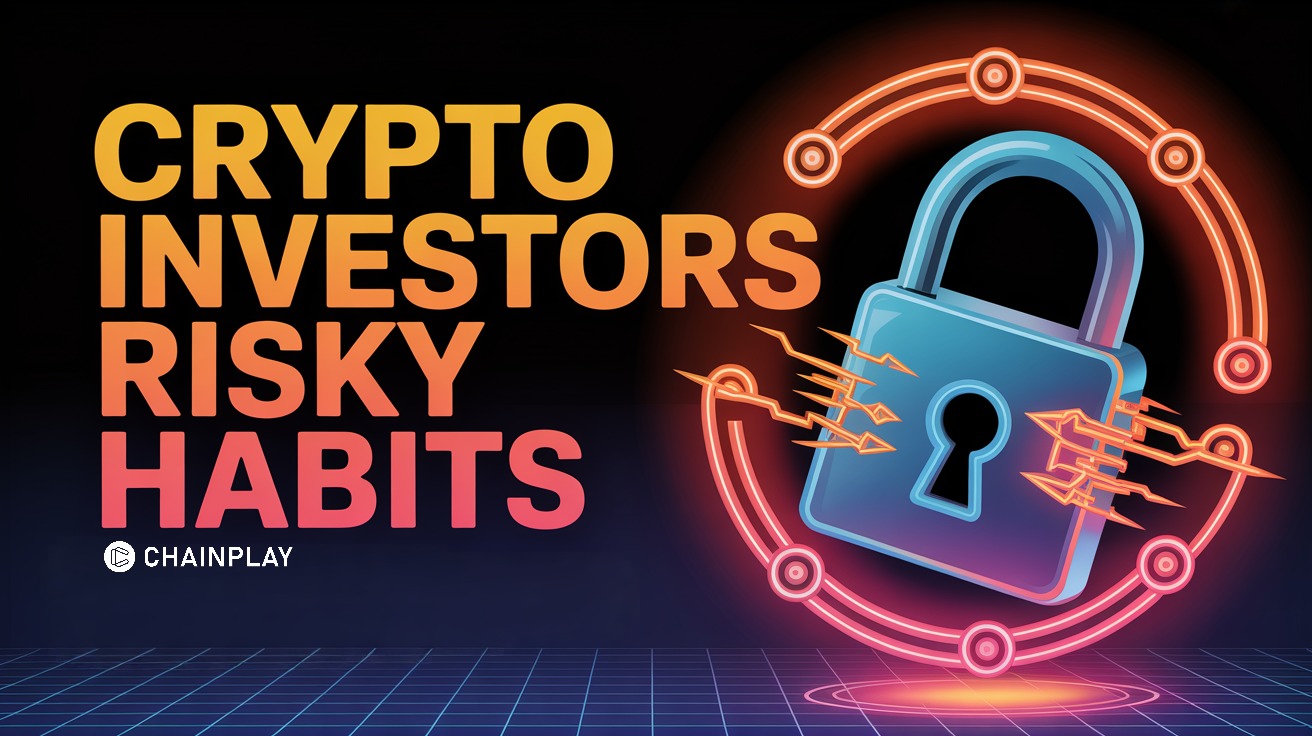
We surveyed over 1100 crypto investors to reveal just how widespread and persistent these risky behaviors are.
ChainPlay
•
8 days ago



